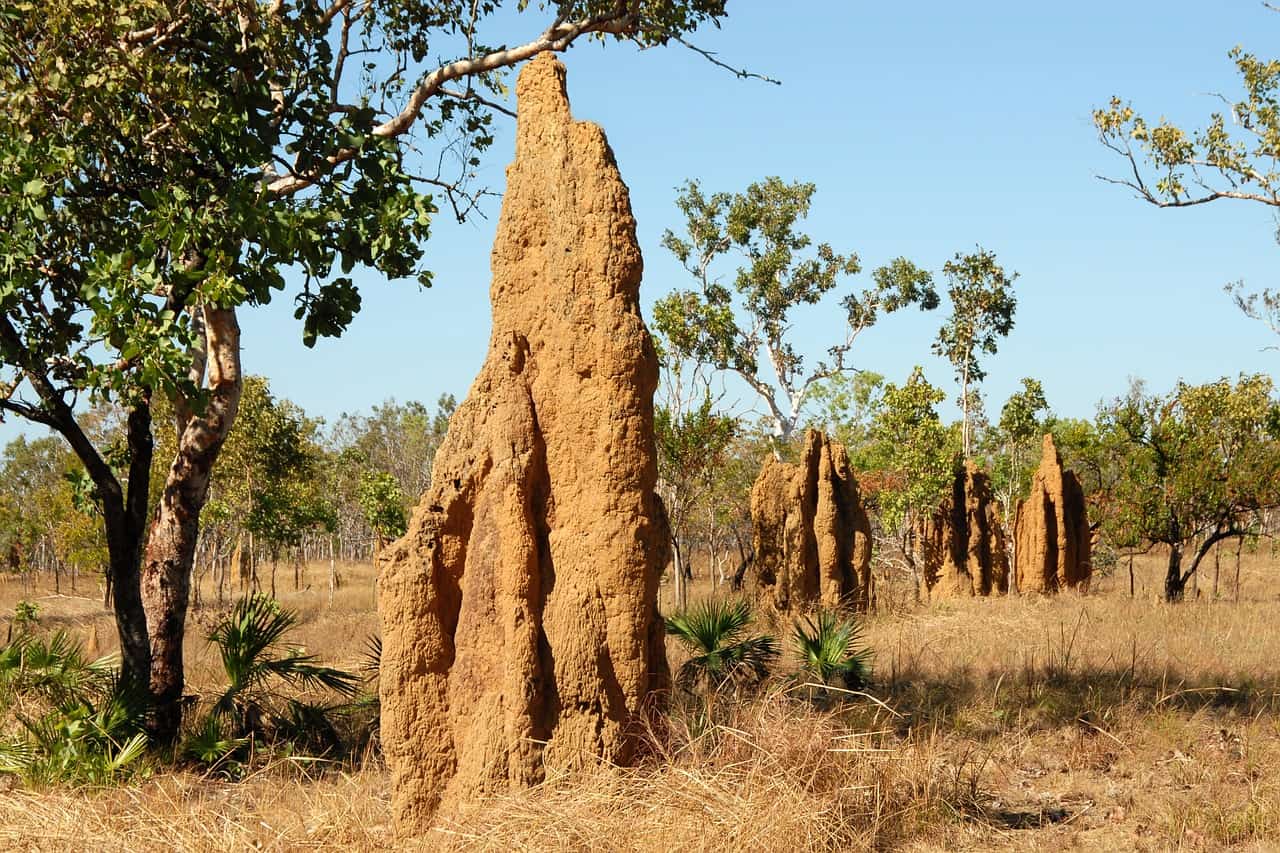Termites currently have their biggest effects in places like tropical savannas and seasonal forests and subtropical deserts.
In the tropics termites play crucial roles in ecosystems by recycling dead wood and thereby cleaning up forests. As temperatures rise worldwide, many of these termite species will spread north and south from their current ranges while performing the same ecological function.
But that may not necessarily be a good thing as termites contribute to the planet’s carbon cycle by breaking down dead wood, says an international team of scientists.
“With temperatures warming, the impact of termites on the planet could be huge,” notes Amy Zanne, a professor of biology at the University of Miami who led a large research team whose members studied more than 130 locations on six continents in a variety of habitats where bacteria, fungi and termites consume dead wood.
The scientists found that termites, which are sensitive to temperature fluctuations, could spread as the planet becomes warmer and drier. Once they do, their impacts will be significant.
“Termites [currently have] their biggest effects in places like tropical savannas and seasonal forests and subtropical deserts,” Zanne says. “These systems are often underappreciated in terms of their contributions to the global carbon budget.”
Although microbes and termites both decompose dead wood, the scientists explain, microbes need water to grow and consume wood whereas termites can function even with low levels of moisture. “In fact, termites can search for their next meal even if it is dry out and carry what they want back to their mounds, or even move their colony into the wood they are consuming,” they observe.
Microbes play an important role in wood decay worldwide, but termites likewise perform this function so the future role of the insects in carbon cycling could be far greater than previously thought. As they break down wood, termites release methane and carbon dioxide stored in it, which means that more termite activity could contribute to an increase in greenhouse gas emissions.
“The inclusion of arid, hot bioregions, particularly in the Southern Hemisphere, where termites are often plentiful and active, allowed for novel insights into their role in carbon turnover,” says Amy Austin, an associate professor of ecology at Universidad de Buenos Aires.
“As ecologists, we may need to broaden our consideration of woody ecosystems beyond a closed-canopy forest and recognize that woody carbon stores in drier ecosystems are an important component of the global carbon cycle,” Austin adds.
This story first appeared on Sustainability Times
© 2022 Sustainability Times.
This article is licensed under a Creative Commons Attribution-ShareAlike 4.0 SA International License.












